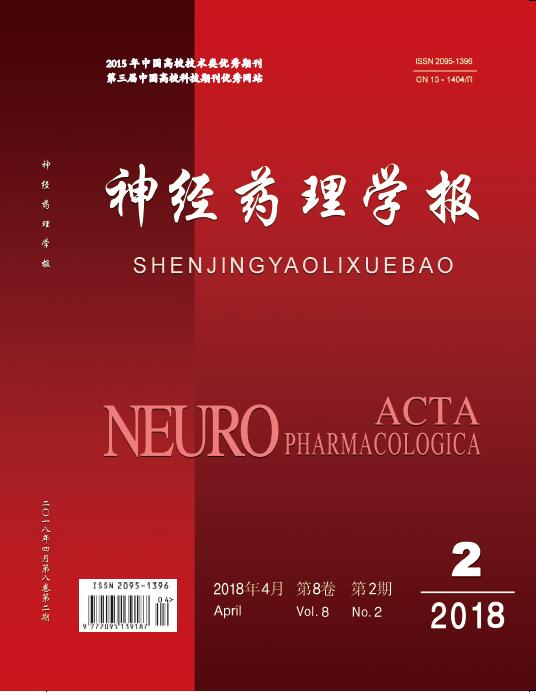|
Ischemic Injury of Cortical GABAergic Neurons:Vulnerability,Mechanism and Pathological Impacts
WANG Jin-hui,HUANG Li,CHEN Na
2018, 8 (2):
8-25.
DOI: 10.3969/j.issn.2095-1396.2018.02.002
Cerebral ischemic stroke is a common neurological disease in senior individuals. Therapeutic strategies include anticoagulation,thrombolysis,neuroprotection and anti-inflammation. These efforts have not shown to fully improve stroke patients. Although studies have provided valuable insights for early interventions in neuroprotection,searching mechanisms underlying ischemic stroke is critically needed. Cerebral GABAergic neurons have been found to be vulnerable to pathological situations,such as ischemia,oxidative stress,acidosis and toxic molecules. The high consumption of cellular energy and the low volume of cellular buffer system make GABAergic neurons being vulnerable to the hazard internal environment. Insufficient blood flow initiates ischemic processes in brain cells,especially in GABAergic neurons and astrocytes. These changes activate intracellular signaling pathways and influence
membrane components in GABAergic neurons. Moreover,an ischemic failure for astrocytes to reuptake glutamates exacerbates the dysfunction of GABAergic cells. Their dysfunctions in encoding spikes and transmitting synaptic signals may shift neural balance toward the excitotoxicity,which leads to the ischemic stroke of nerve cells. The studies of mechanisms underlying GABAergic cell vulnerability to toxic environments should provide the clues for developing therapeutic strategies in the protection of neuronal functions from ischemic injury.
References |
Related Articles |
Metrics
|

